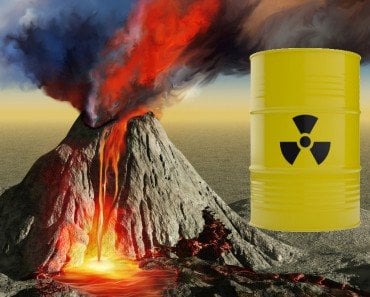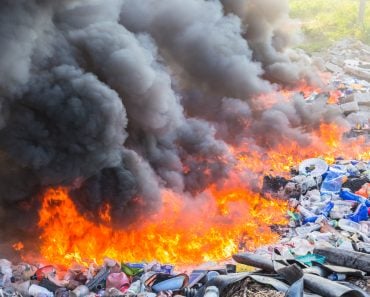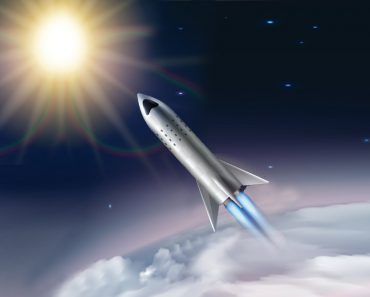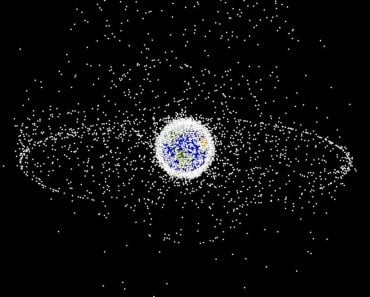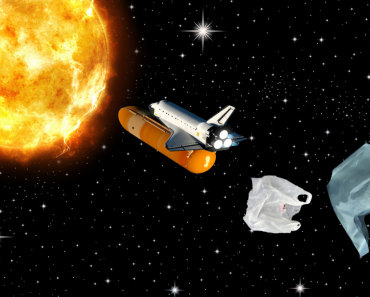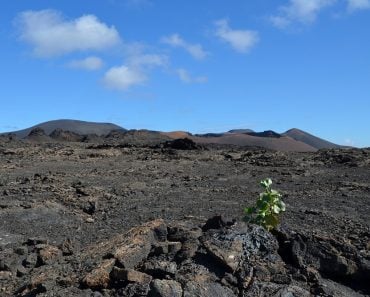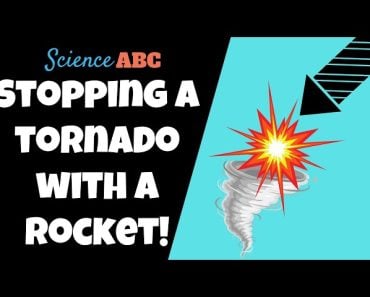Table of Contents (click to expand)
No, volcanoes are not the answer to global waste management.
As the world races towards full industrialization, our planet seems forever doomed to become a dumpster in the ages to come. Currently, around 2.01 billion metric tons of solid waste is produced each year around the world. This number is estimated to increase by 69.15% by 2050.
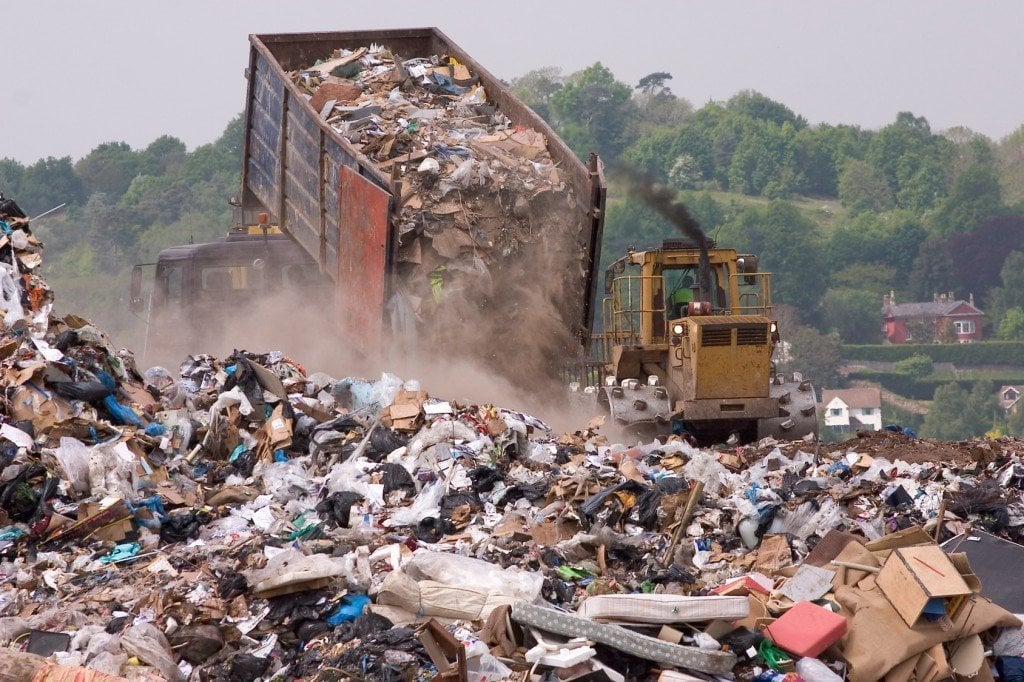
With our increasing population, it’s only going to get harder from this point forward. Given the need to manage the ever-increasing amount of waste—keeping in mind that no human should be housed near massive dumpsters, not to mention the limited amount of land on earth—launching garbage into space and shooting it towards the sun, leading to instant incineration, seemed like a great idea. However, astronomers soon realized that our relatively rudimentary technology wouldn’t allow us to shoot the waste farther than our planet’s outer atmosphere. Floating there, the garbage would be able to damage our satellites and machinery, orbiting at high speeds, so this solution would likely do more harm than good.
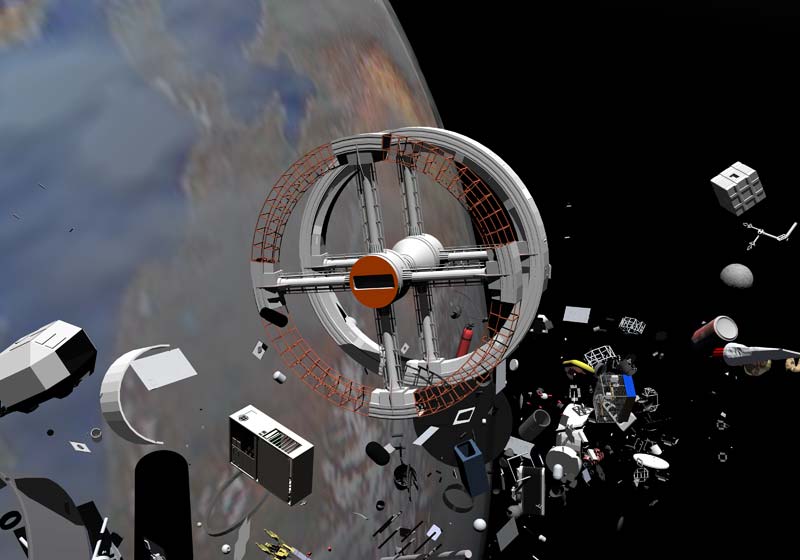
So, now that we can’t use our star as a natural incinerator, what other options does nature have to offer us?
Volcanoes!
Recommended Video for you:
Why Volcanoes?
Volcanoes are one of the most unforgiving natural phenomena on Earth. If you were to fall into its magma-filled centre, you would quickly bubble up, your hair follicles would instantaneously melt and vaporize, the skin would melt off your bones and the bones would melt soon after. You would disappear without a trace. Yes, a volcano is indeed a gruesome way to depart this mortal coil.
However, if we throw our waste in there, that would perish too, right?
Did we just solve a global crisis?
No…. not really.
Taking A Deeper Look Into Volcanic Vents
Volcanic eruptions are fueled by the heat being released from a mixture of molten rock, suspended minerals, and dissolved gases known as magma. Most rocks will melt at temperatures between 800°C to 1,200°C. All of this occurs in the layers of Earth’s mantle known as the lithosphere and asthenosphere, which can be found at depths of 50 km to 250 km beneath the crust.
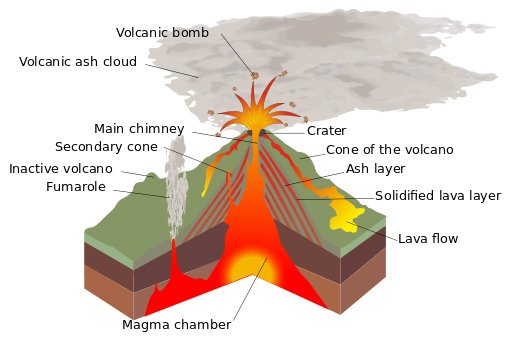
Magma, being in a molten state, is less dense than the surrounding rocks, which causes it to move upward and eventually spurt out through volcanic vents. It is important to note that not all volcanic eruptions are of the same intensity. Generally, the most explosive eruptions occur when the magma has a high silica content. This induces high gas levels as they reach the surface. Silica-rich magmas are also thicker and more viscous — high viscosity increases its resistance to flow.
Such a sedated flow of magma builds up huge amounts of pressure behind it as it moves through vents in the volcano. In contrast, magmas with a low silica content tend to be relatively fluid and dynamic in their flow. Gases tend to escape quickly, with streaming lava flows and typically less explosive, devastating bursts.
Sometimes, rather than instantly erupting, magma tends to stagnate in the volcanic vent, forming a lava lake. The whole idea of global garbage dumping is centred around these magma lakes.
When Garbage Meets Magma
Lava lakes are undeniably complex and unpredictable wonders of nature. Being extremely hot, they can melt plenty of things, but not everything. There are thousands of forms of plastic, rubber, fabrics and other such materials that would float atop the viscous lava, rather than sinking into the heated void.
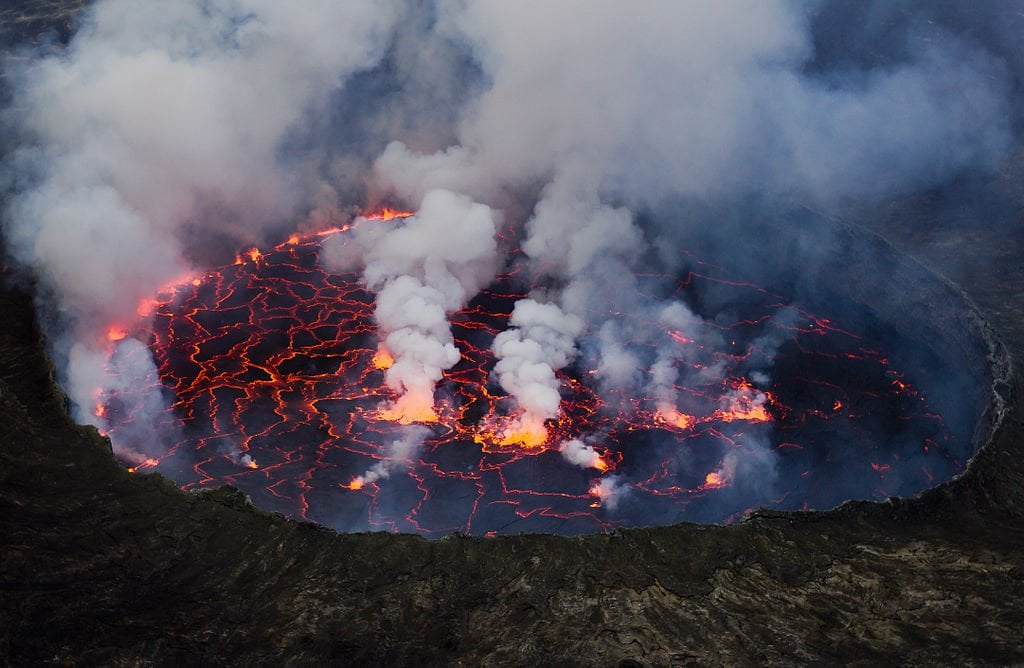
Secondly, lava lakes are not infinitely deep. All that melted trash would have to end up somewhere, and while most of it might vanish in plumes of smoke and vapour – the smoke emanating from that destruction would be incredibly harmful to breathe or send up into the atmosphere.
As terrifying and wrathful as lava lakes are, in reality, they do have a finite volume, and are often on the move up and out of the vent, due to the incredible pressures building up inside.
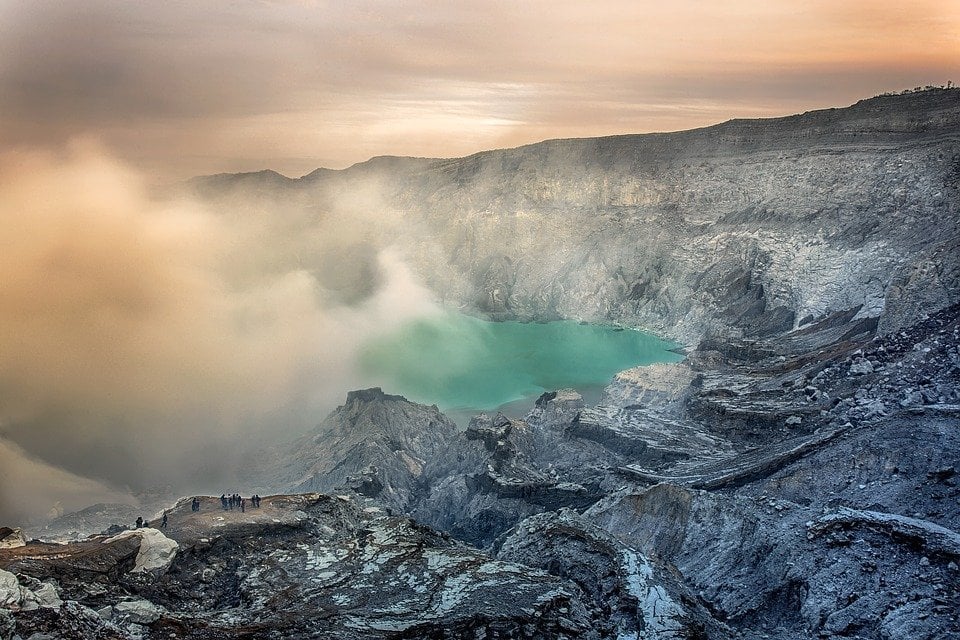
Basically, there is no way we’re we getting rid of the garbage in a volcanic lake; it would eventually just emerge as a polluting remnant, into the atmosphere, or it would layer the surrounding landscape, contaminating the soil. Believe it or not, that’s not even the destructive part of this approach….
Chain Reaction
Lava lakes are unstable beneath their semi-solid, comparatively cool upper layer. If you pierce their surfaces with a relatively cold object, like a piece of trash, the sudden transfer of heat could trigger a chain reaction of explosions. The upper layer starts melting down, releasing pressurized acidic steam and fumes from the vaporized trash. A single tin can might serve as a trigger to start this chain reaction and invoke the wrath of the previously stagnant lava lake!
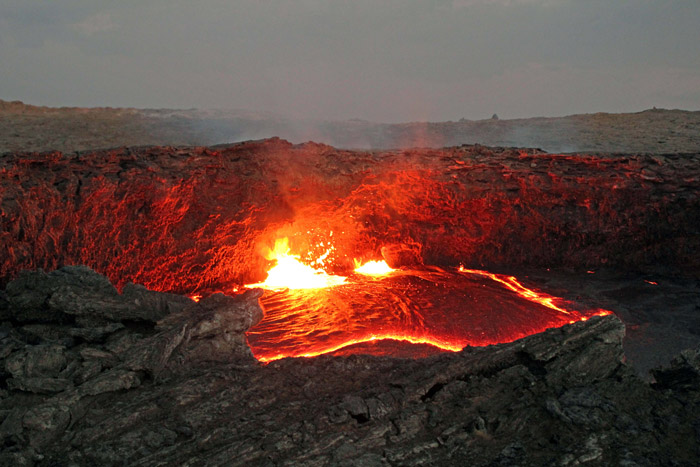
Now, imagine the impact of throwing an entire nation’s garbage in a volcano… unimaginably destructive chain reactions would begin. To put this in perspective, minute rockfalls into lava lakes of Hawaiian volcanoes have forced lava more than 85 m (280 feet) into the air. The scenario with tons of garbage would be far more treacherous and perilous for anyone working on the garbage-disposal task.
Conclusion
Now that you know how catastrophic this idea is, it’s better to leave these angry natural tyrants out of our problems. Even if we devise new methods to contain these volcanoes, the cost of transporting tons and tons of trash would blow holes in the pockets of world governments, if not in the volcanoes themselves! If we are determined to burn our waste, why not at least do it somewhere that we can use the heat released by incineration to produce new sources of energy?
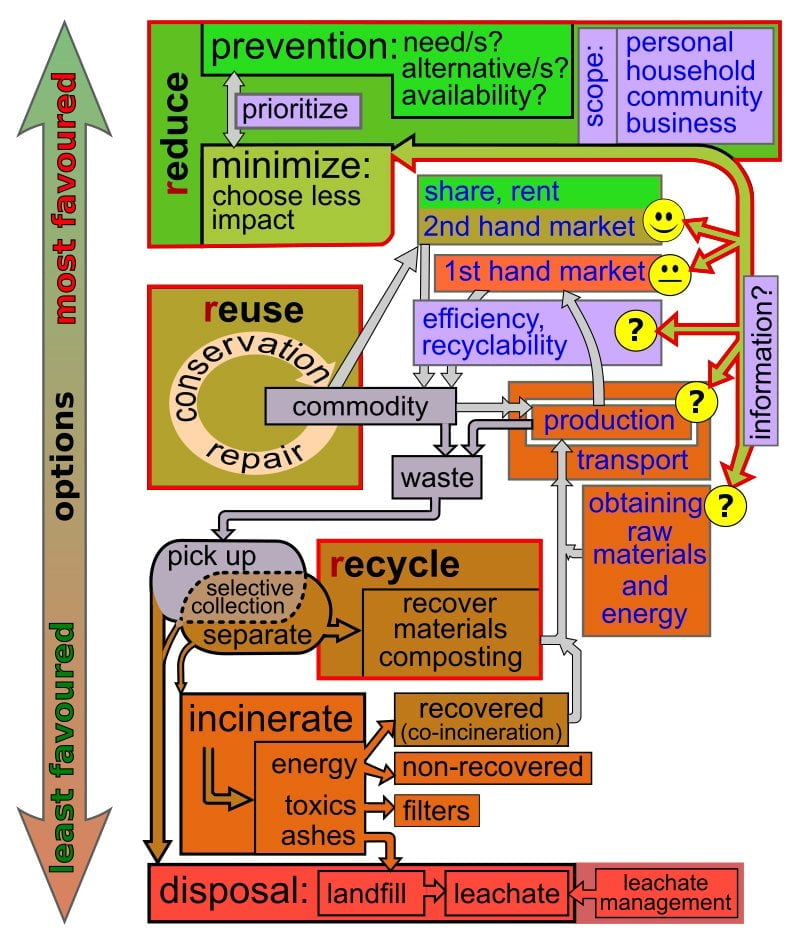
It is past time that we figured out how to manage global waste smartly, economically and resourcefully. Discovering new methods of waste disposal is no excuse for producing more and more waste—exponentially and blindly—around the world, particularly as new populations become fully industrialized. It is ultimately our choice whether we wish to segregate our waste, reuse what can be reused, recycle most things, and decompose what we can… or we can be carefree and careless, relying on the seemingly endless oceans to handle our trash (hint: that doesn’t work either).
References (click to expand)
- Why can't we launch garbage into space? - Planets For Kids. planetsforkids.org
- Anatomy of a Volcano | NOVA - PBS. The Public Broadcasting Service
- Anatomy of a Volcano | PBS LearningMedia - www.pbslearningmedia.org
- Volcanoes | Ready.gov. ready.gov
- what are the different types of volcano? - Internet Geography. geography.learnontheinternet.co.uk

